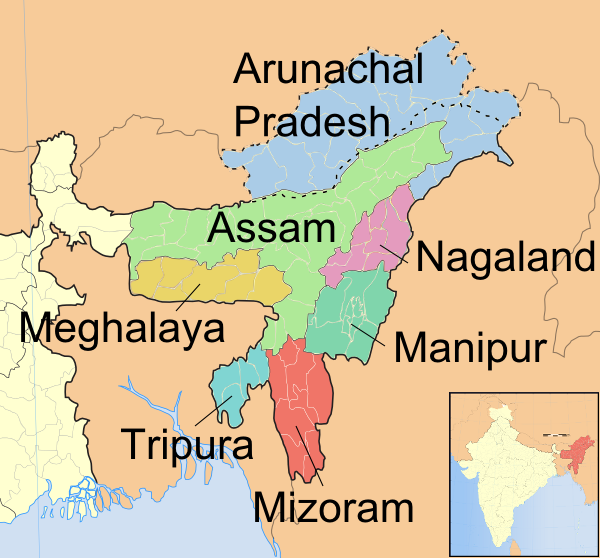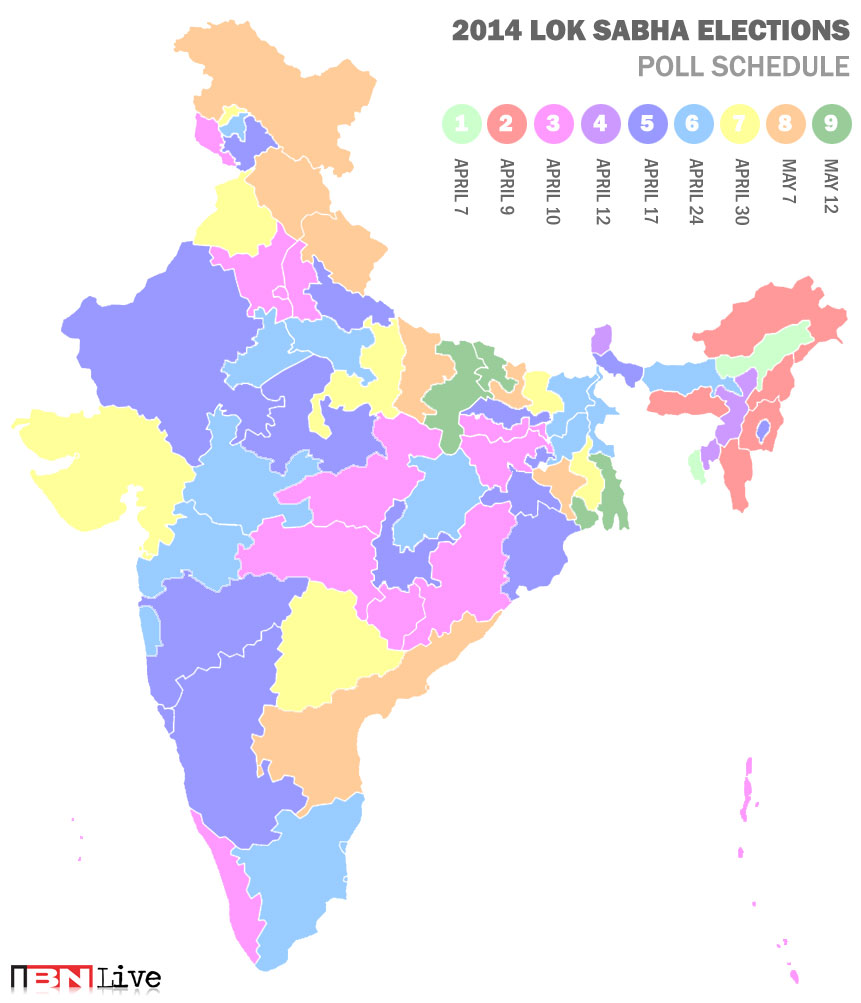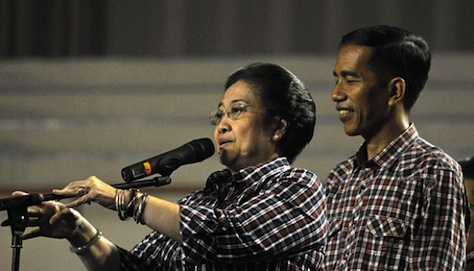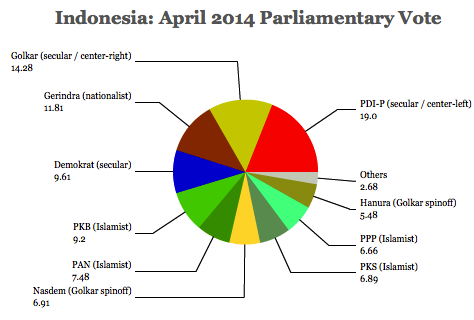Voting today ended in the second phase of India’s marathon election. So what was at stake in the first two rounds?![]()
Not much.
The two rounds were confined to the ‘seven sister states’ in India’s far northeastern corner, nudged to the east of Bangladesh and to the west of China and Burma. The seven states, just southeast of the Himalayas, are home to just 45 million of India’s 1.24 billion citizens. Part of the area is claimed by the People’s Republic of China, an issue that has long strained the bilateral Indo-Chinese relationship — China claims significant part of Arunachal Pradesh as ‘south Tibet.’
Bangladeshi migration into the region has also been one of the more politically fraught issues in recent years.
The first round, which kicked off on April 7, included just six constituencies:
- Assam selected representatives in five out of 14 constituencies.
- Tripura selected representatives in one of its two constituencies. The state is governed by neither of India’s major parties, but instead by the Communist Party of India (Marxist) (CPM, भारत की कम्युनिस्ट पार्टी (मार्क्सवादी), which could win both seats.
The second round included nearly just as few (seven):
- Arunachal Pradesh selected both of its representatives.
- Meghalaya selected both of its representatives.
- Manipur selected one of its two representatives.
- Mizoram was scheduled to vote for its sole representative, but that vote was been delayed until April 11.
- Nagaland selected its sole representative. The Naga People’s Front (NPM), a regional party and a member of the BJP’s National Democratic Alliance (NDA) dominates the state.
The seven states contribute just 24 seats to the 543-member Lok Sabha (लोक सभा), and the key prize is Assam, with 14 seats.
Although the governing Indian National Congress (Congress, भारतीय राष्ट्रीय कांग्रेस) is facing annihilation elsewhere across the country, its chances in Assam look good. The largest pre-election poll, conducted by NDTV, estimates that Congress could actually make real gains, winning up to 12 seats in the state.
Tarun Gogoi, the state’s popular chief minister, has held power since 2001, and Congress dominates the state’s legislative assembly. The Bharatiya Janata Party (the BJP, भारतीय जनता पार्टी) has only a minor presence in the state, and competes against several Assam-based regional parties. That may be changing somewhat as Narendra Modi, the BJP prime ministerial candidate, and his allies wage a national campaign, but Assam will certainly be one of the few states where Congress seems destined to shine, notwithstanding its potential collapse at the national level.



